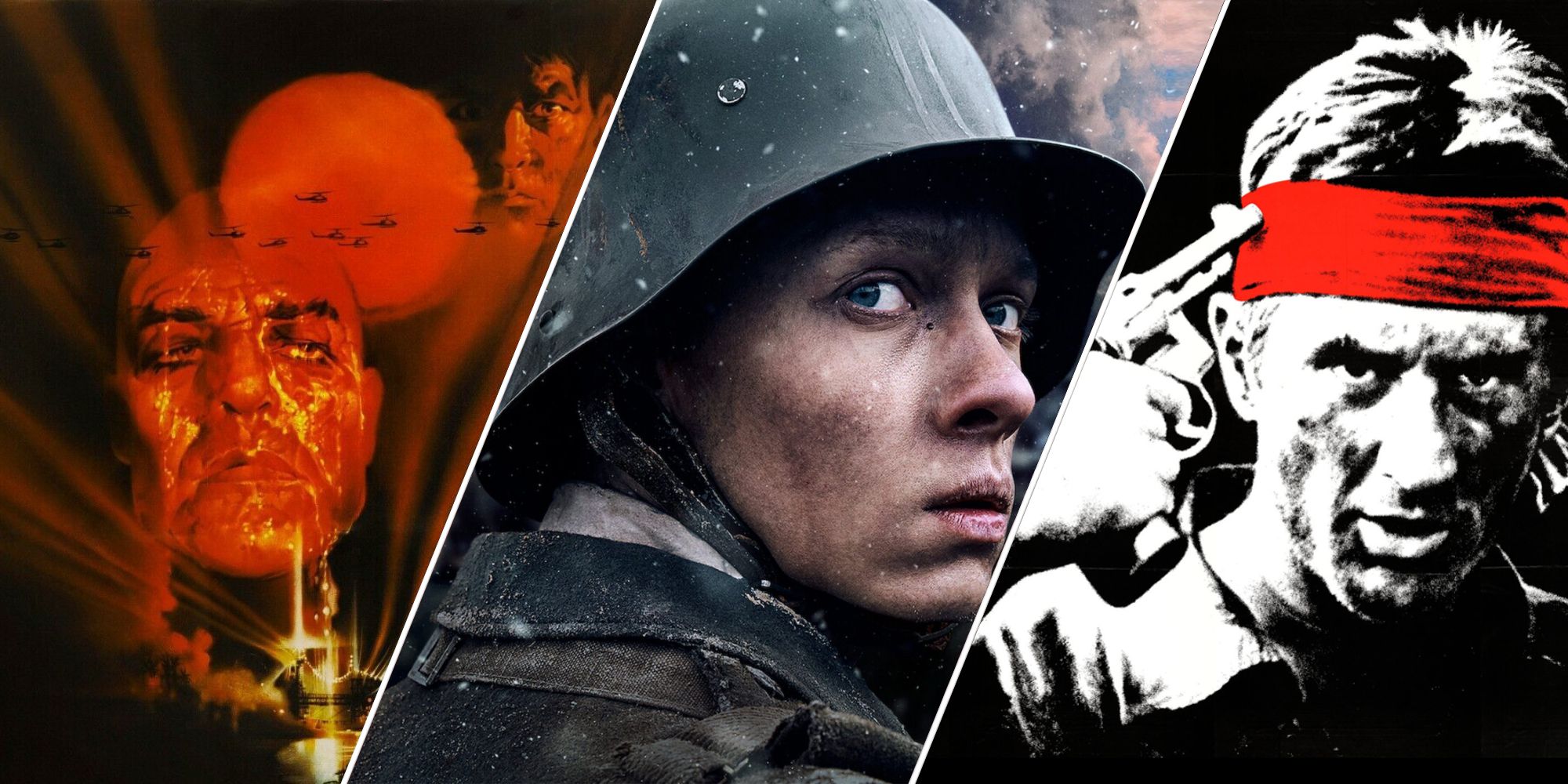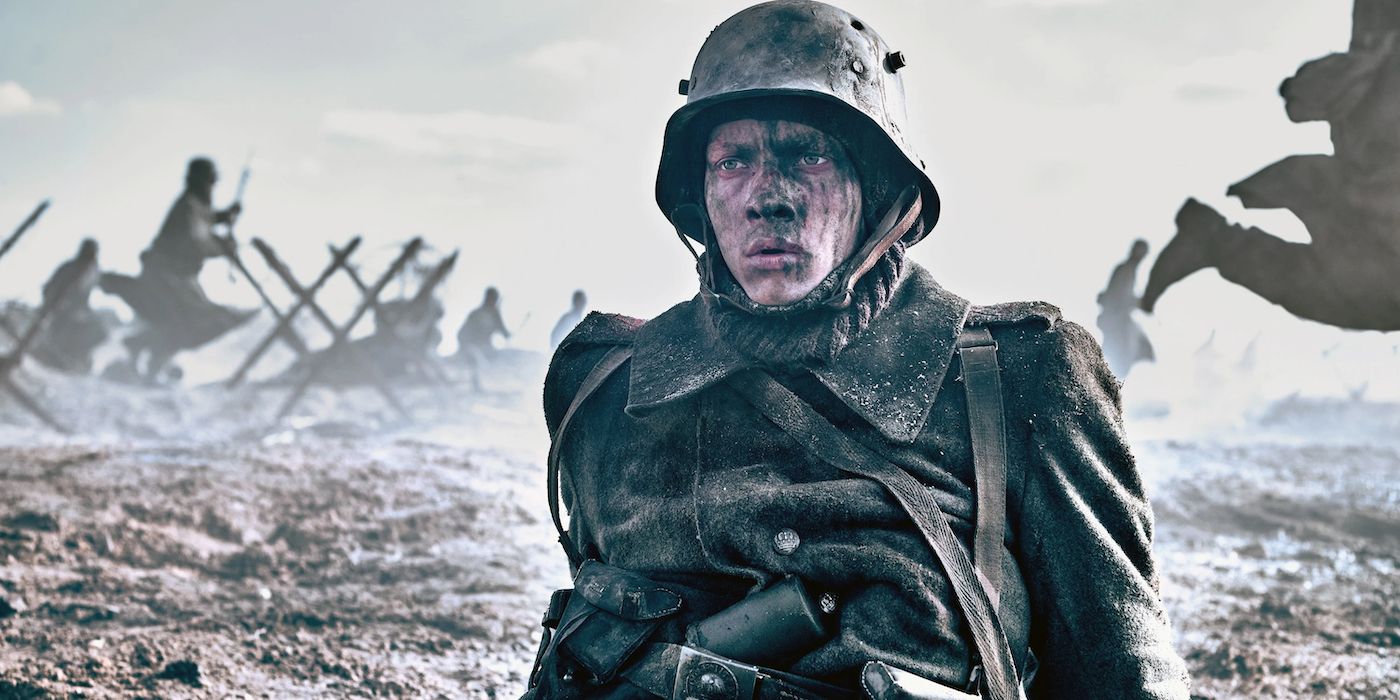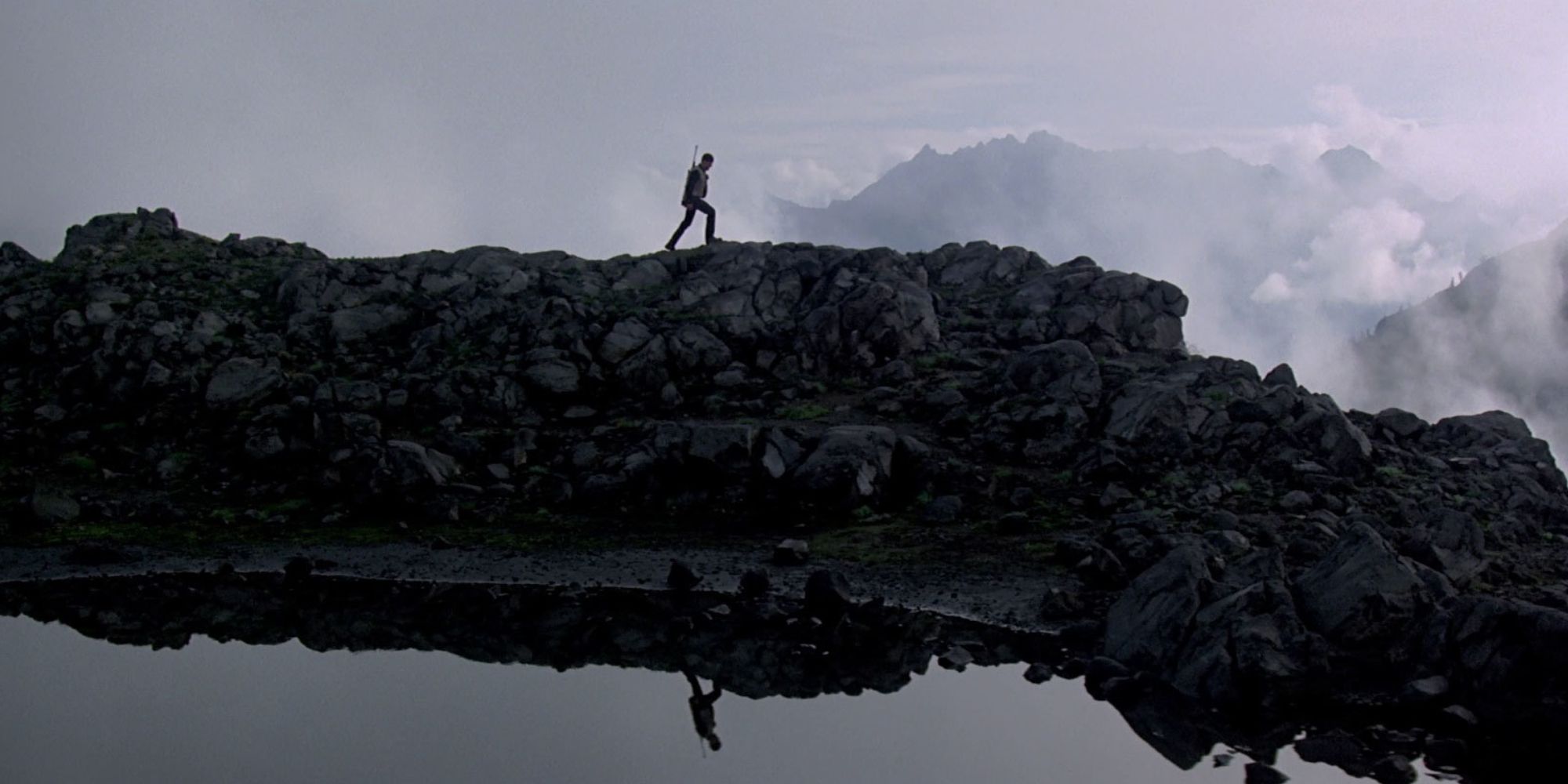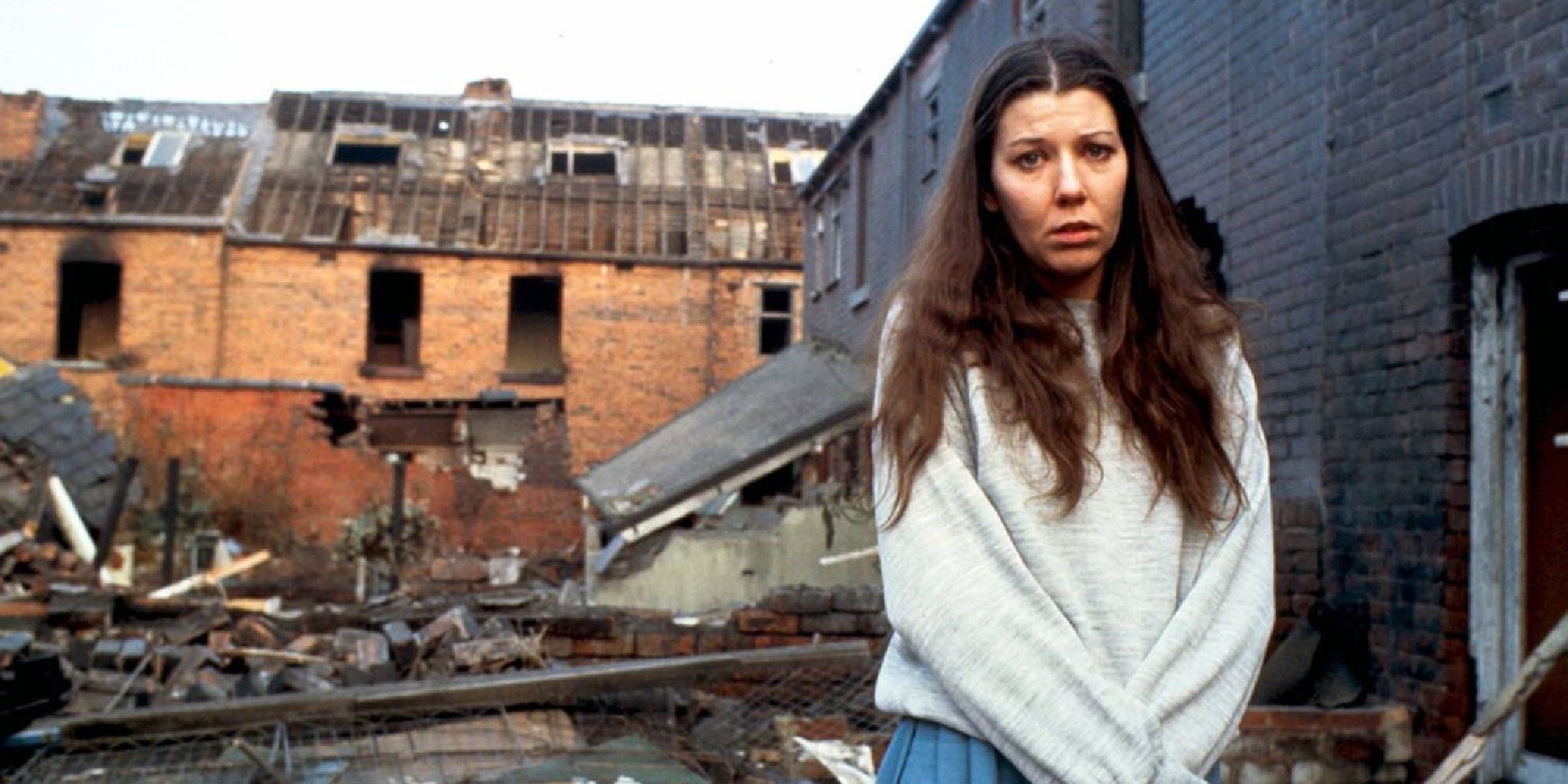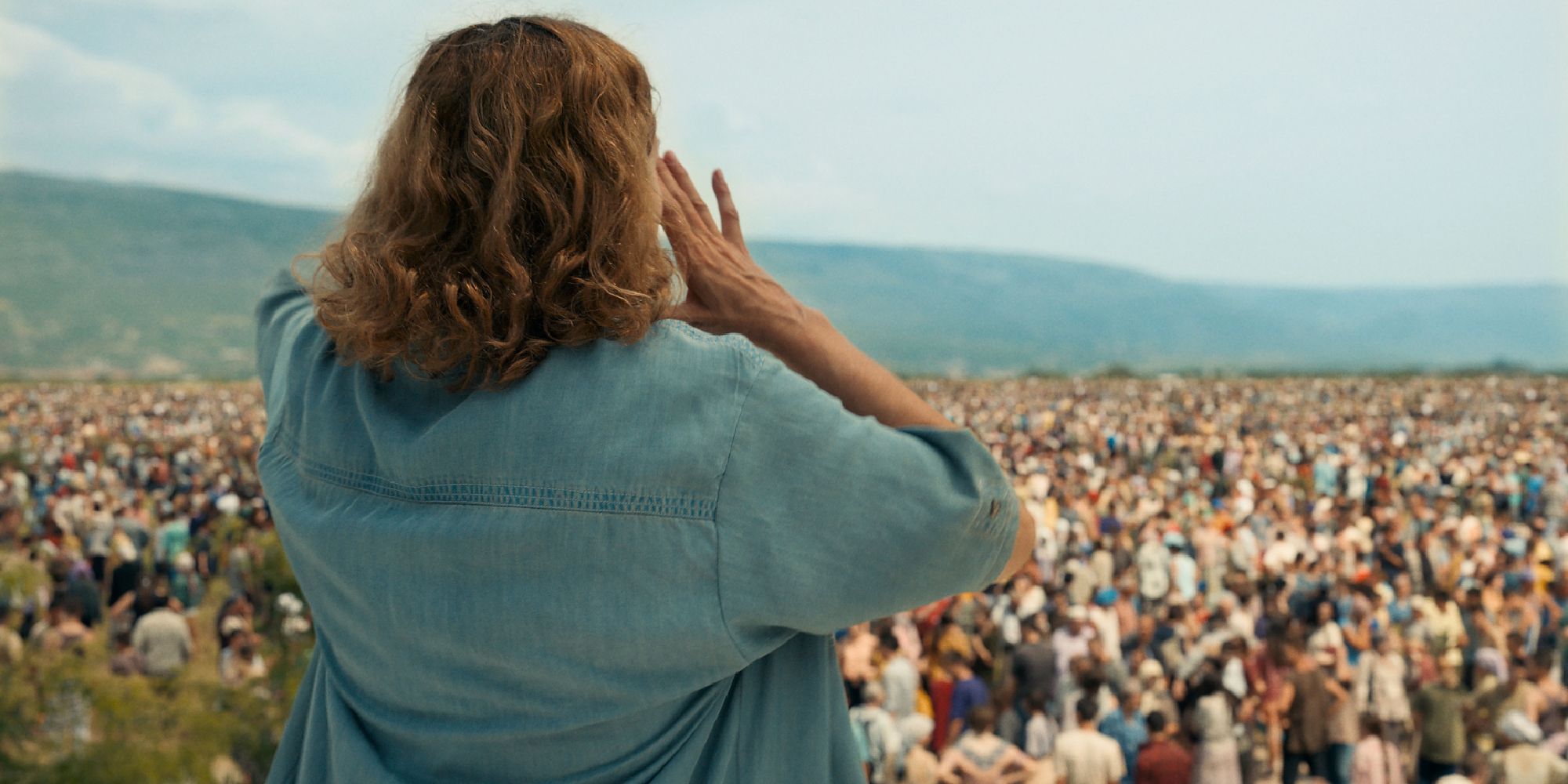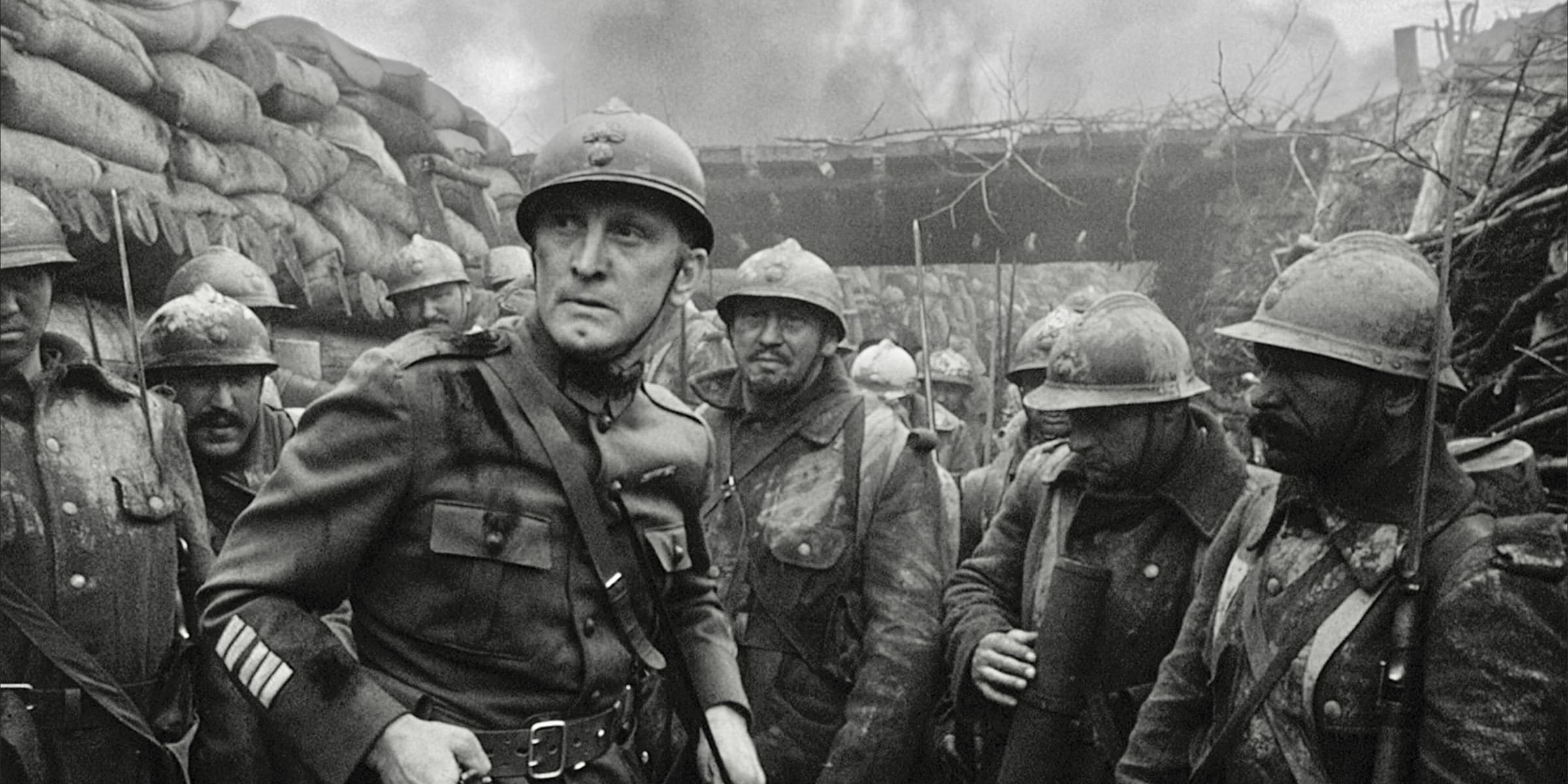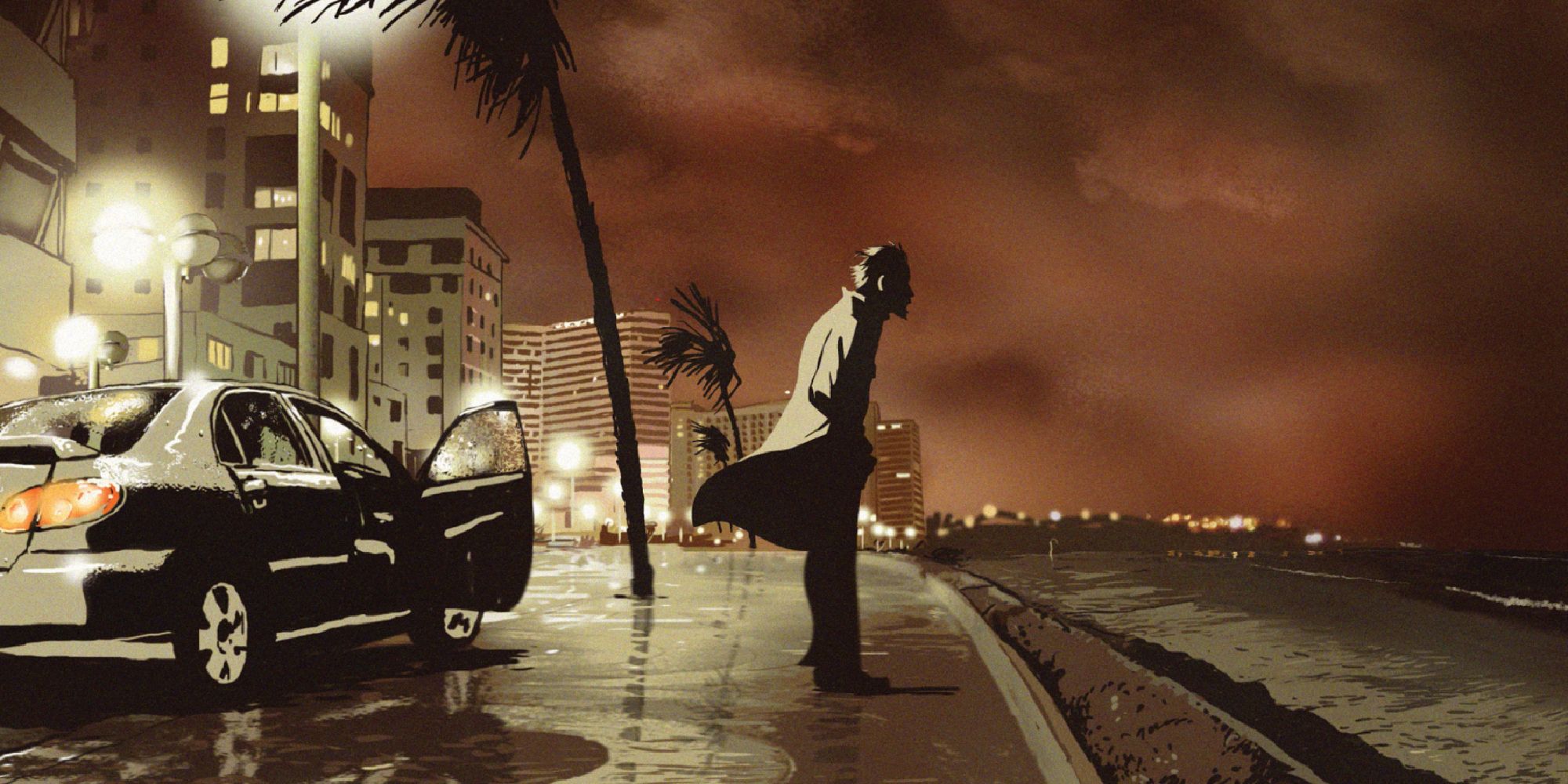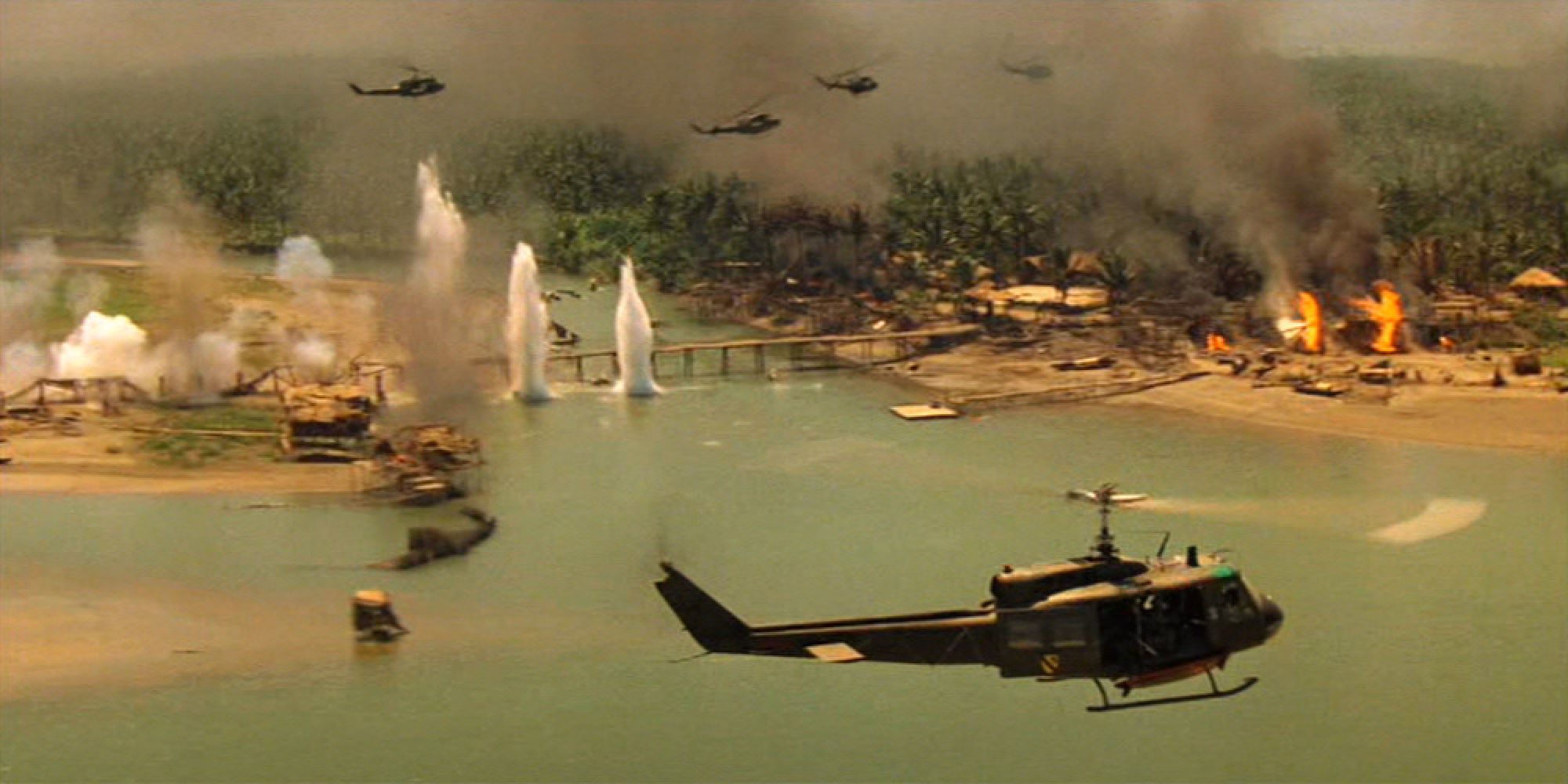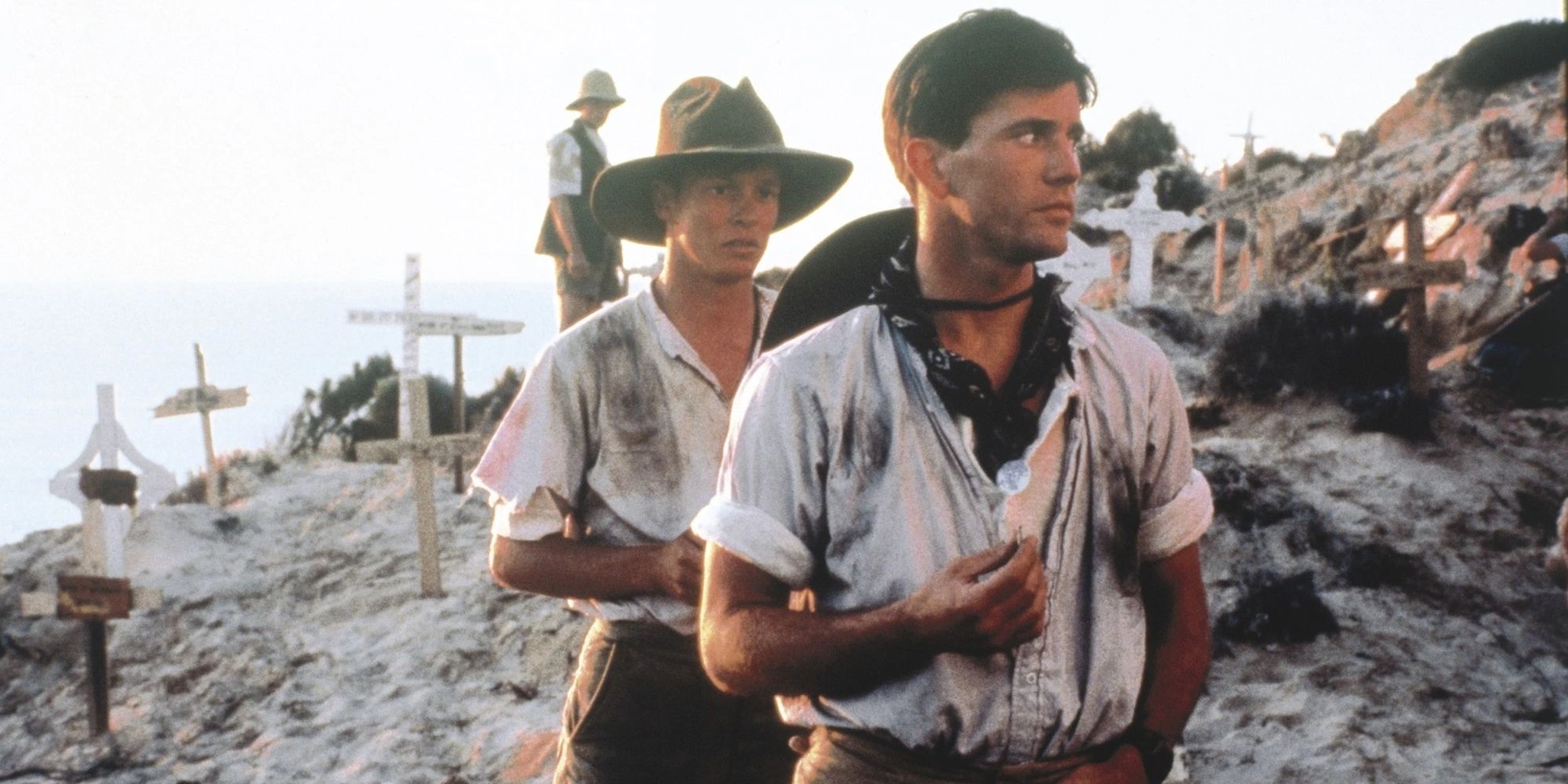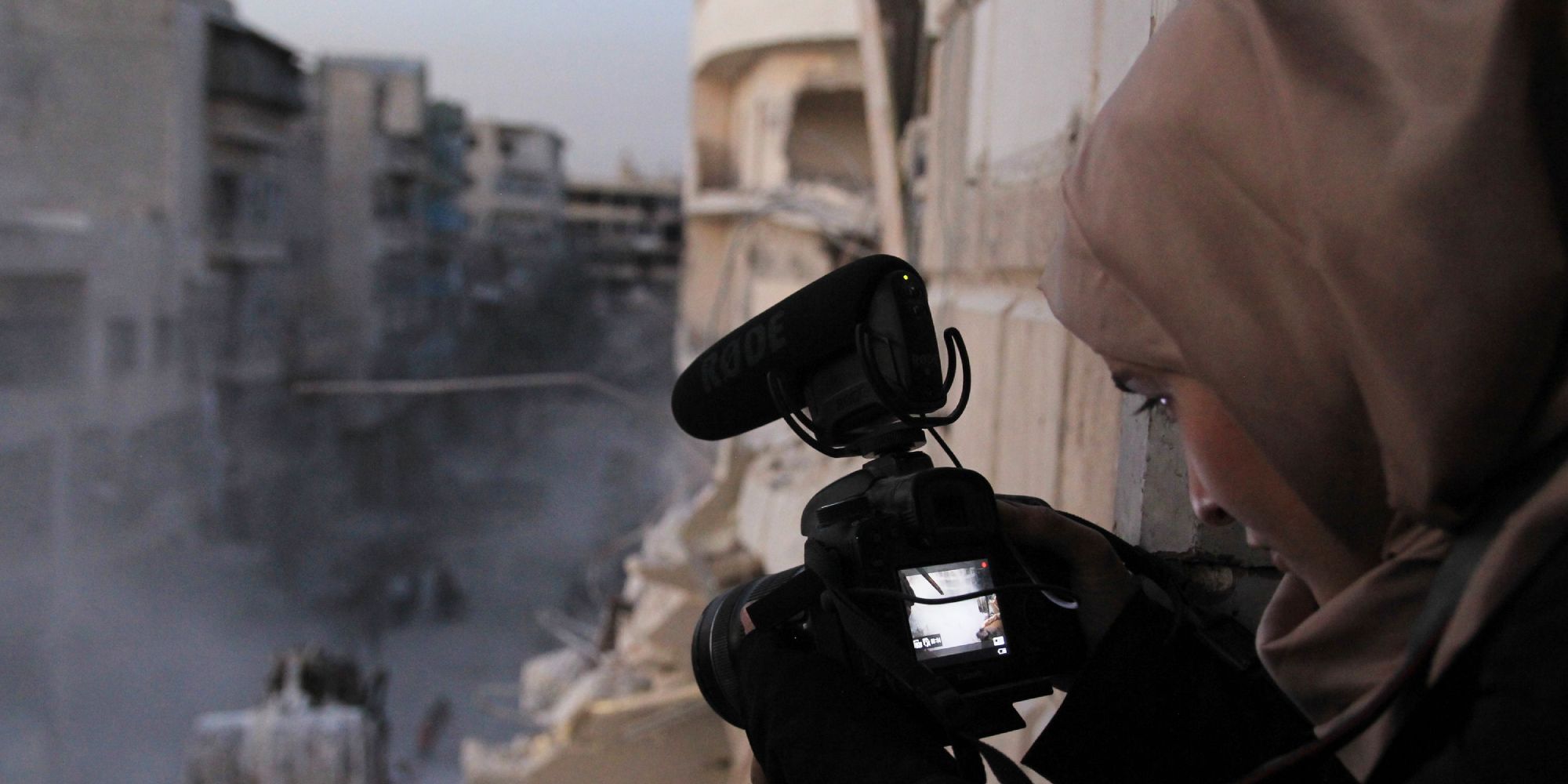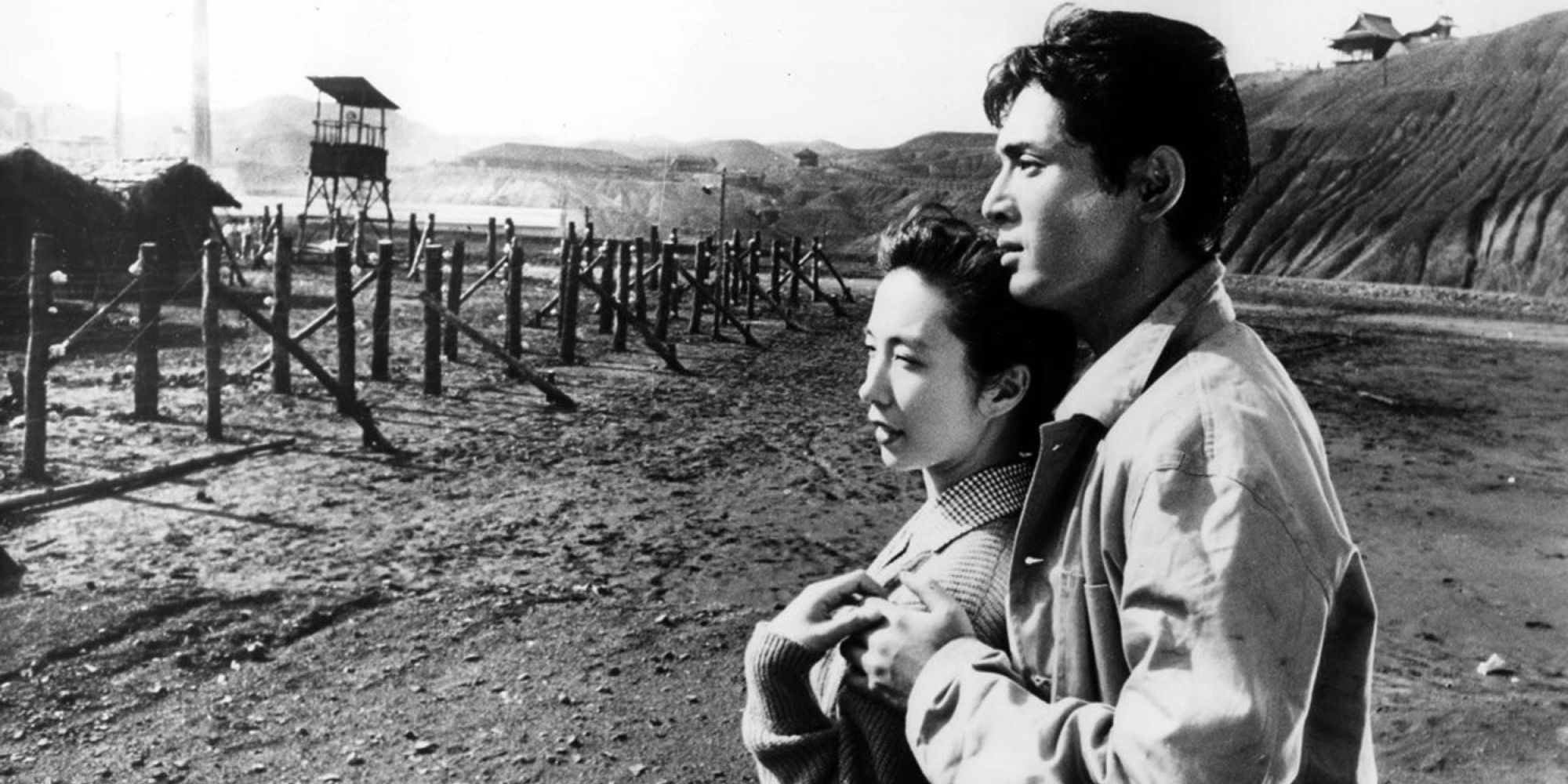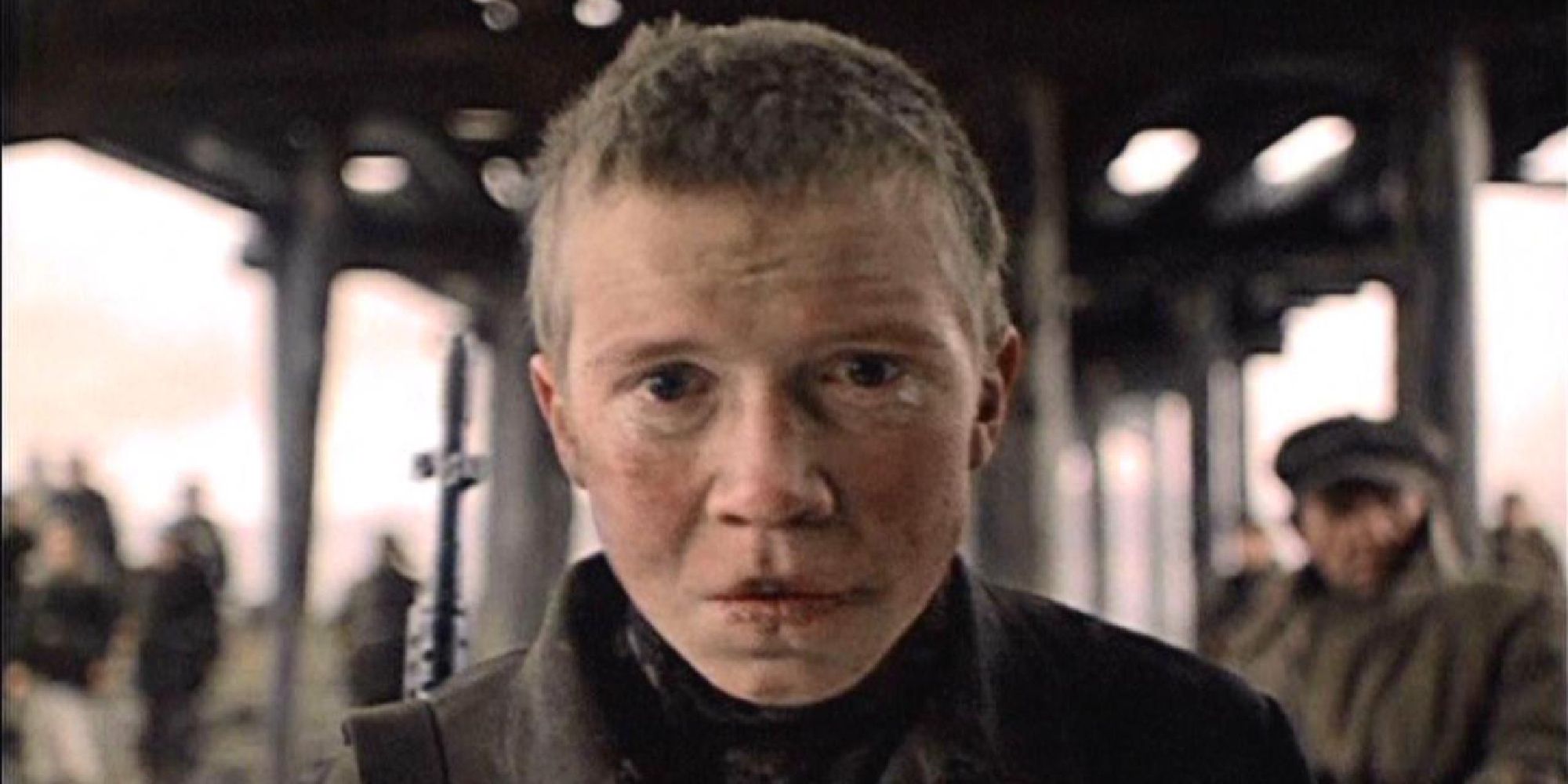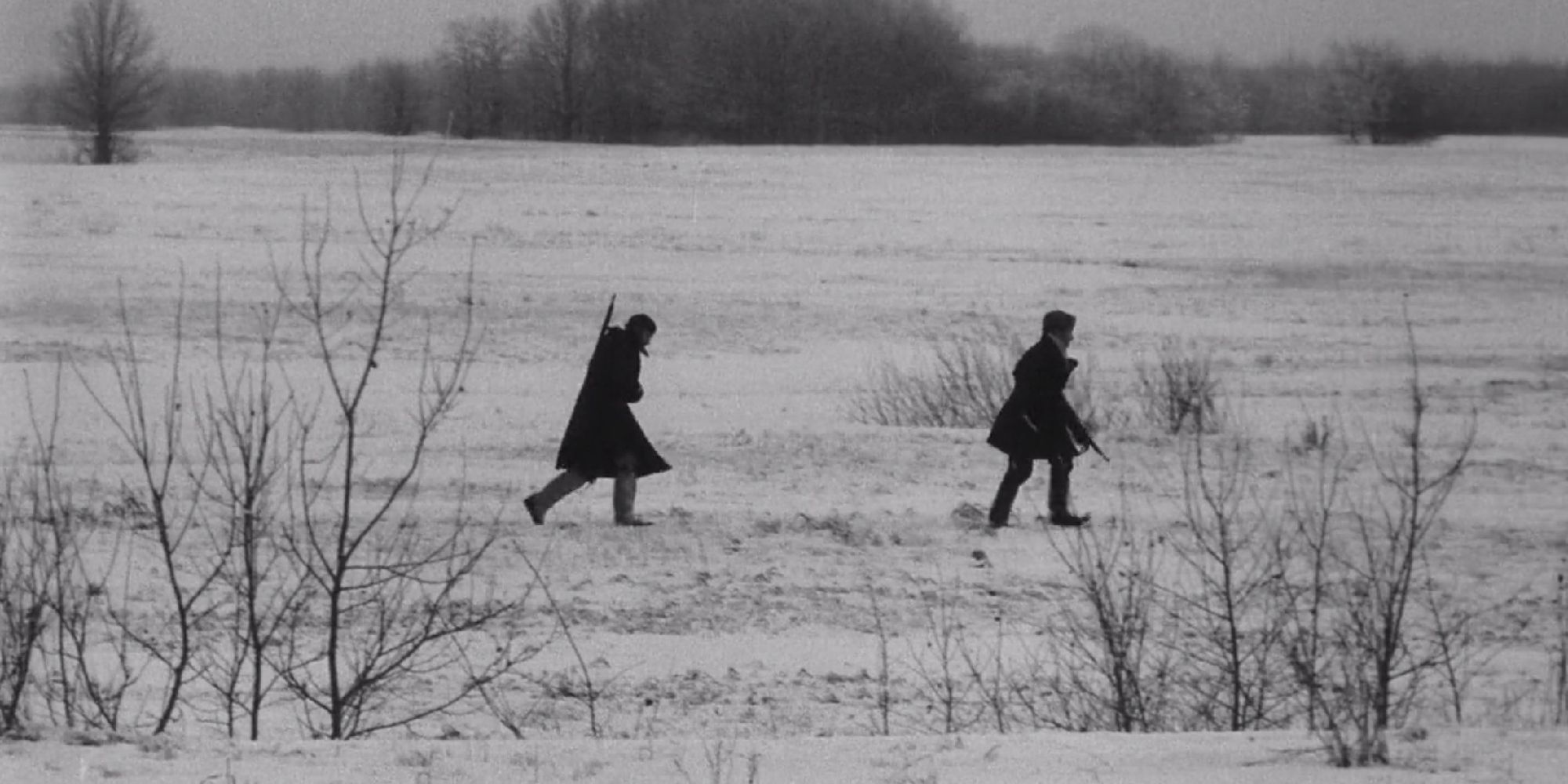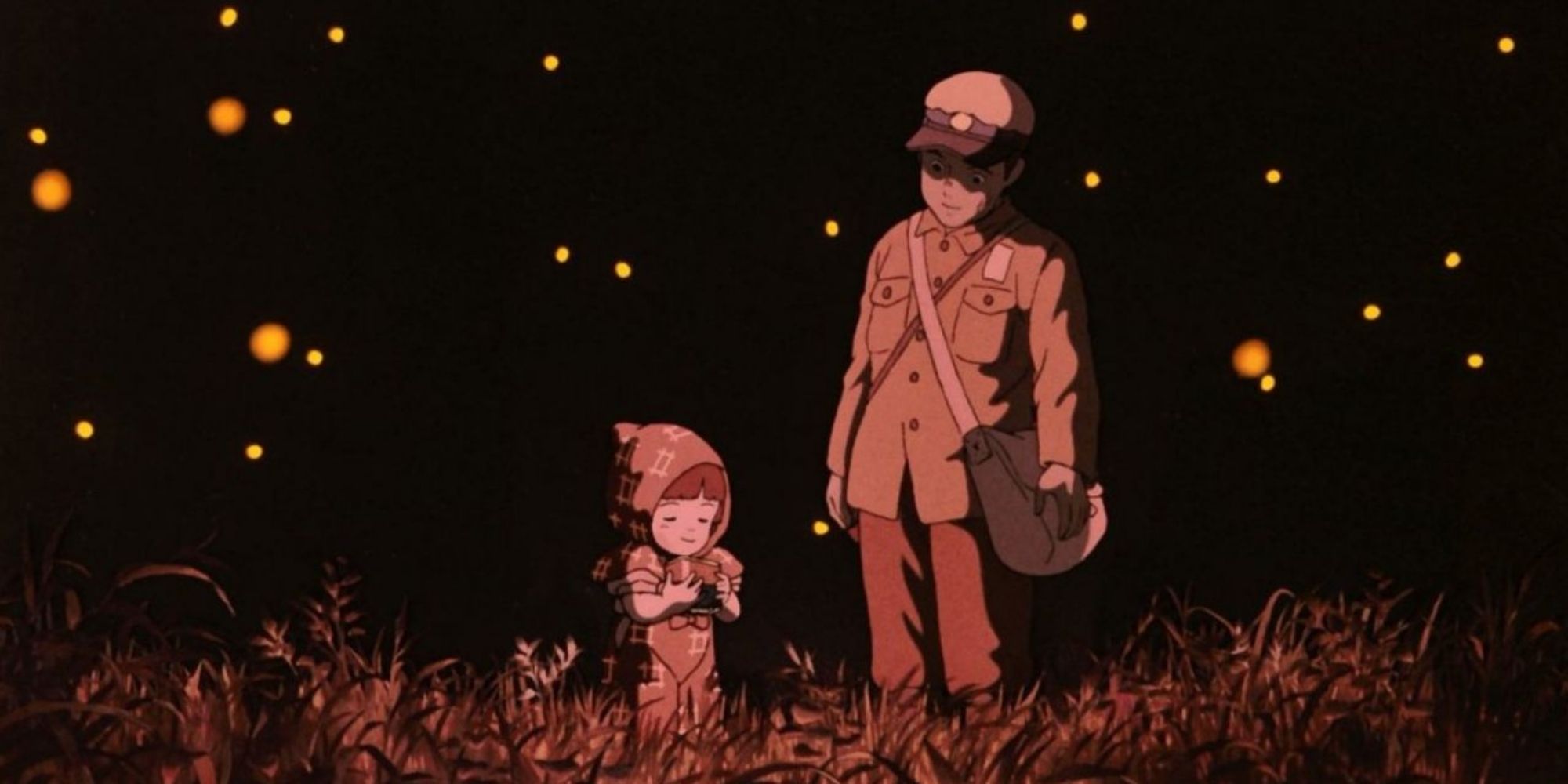Read update
- All Quiet on the Western Front ended up being one of the most successful films at the 2023 Academy Awards. It won four Oscars, and its success has once again drawn attention to the anti-war genre of movies. That makes it as good a time as any to revisit some of the most powerful and devastating war movies of all time that show combat as destructive and horrific for all involved.
War movies aren't always anti-war movies by default. There's a strong argument for it being irresponsible to make a film that glamorizes war or even pulls punches when depicting its horrors. Sympathy for the characters caught up in the war itself is one thing, but making war seem too glorious or heroic can be dangerous.
Thankfully, it's becoming less and less common, and most war films successfully make war look tragic or disturbing or pointless, or all of the above. Many films are exceptionally hard-hitting and unflinching regarding the wars they depict. They are heavy but powerful films that tackle the sorts of complex ideas and themes that come with the kind of destruction war brings, on scales both personal and international.
Updated on March 15th, 2023, by Jeremy Urquhart
All Quiet on the Western Front ended up being one of the most successful films at the 2023 Academy Awards. It won four Oscars, and its success has once again drawn attention to the anti-war genre of movies. That makes it as good a time as any to revisit some of the most powerful and devastating war movies of all time that show combat as destructive and horrific for all involved.
13 'All Quiet on the Western Front' (2022)
The biggest winner of the 2023 Oscars behind Everything Everywhere All At Once, All Quiet on the Western Front scored four Academy Awards, including Best International Feature and Best Cinematography. It updates the acclaimed novel of the same name, and additionally serves as a more brutal and visceral version of the WW1-set story than what was seen in the original film adaptation from 1930.
The combat scenes hit harder, and the film carries with it a greater sense of authenticity from having the German characters actually speak German this time. Overall, it's far from an easy watch, yet it remains a potent reminder about the futility of war, with a specific focus on how it's particularly harmful to society's youth.
12 'The Deer Hunter' (1978)
One of the first mainstream films to tackle the controversial Vietnam War, The Deer Hunter only feels like a traditional war film for one-third of its three-hour runtime, as it depicts a group of American men's lives before they go to Vietnam while they're fighting in Vietnam, and then after they return (or fail to return) to America.
It's a decision that makes the film have tremendous power without showing much through combat or war scenes. The psychological toll of war - on a group of regular, previously happy young people - is brought home to devastating effect. It contains one of the most heartbreaking endings in cinema history, much of it thanks to Christopher Walken's iconic performance. It's a worthy Best Picture winner for 1978, to say the least.
11 'Threads' (1984)
Threads is one of the most disturbing films of all time, without a doubt. The war it depicts is a nuclear one, so it's the rare war film that doesn't focus on a conflict that has happened. Instead, it looks at one that could happen, especially how the world would fall apart after a global nuclear conflict.
Being released during the Cold War, there was a genuine fear that the destruction and dismay shown throughout all 117 minutes of Threads' traumatic runtime could happen. It's a fear that's never entirely gone away, plus the excellent low-budget filmmaking, realistic special effects, and surprisingly believable acting ensure Threads still contains a great deal of power.
10 'Quo Vadis, Aida?' (2020)
Like many films that condemn war, Quo Vadis, Aida? is one that would be very difficult to watch twice. One of the best anti-war movies ever, rather than deal with combat specifically, it instead follows a United Nations translator who observes a humanitarian crisis that tragically ends with a horrific war crime, the depiction of which pulls no punches.
Even more tragically, the film is based on real-life events: The Srebrenica massacre, which happened in Bosnia in 1995. More than 8000 people lost their lives due to the actions of a war criminal, making Quo Vadis, Aida? a particularly brutal and soul-crushing war film, given its focus on the victims of such a crime and the immense loss of life that resulted from the whole terrible event.
9 'Paths of Glory' (1957)
Despite never directing a movie that won Best Picture, Stanley Kubrick is widely regarded as one of the greatest directors of all time, and was behind some of the best films of all time. One of his numerous classics (and one of the best anti-war films) would have to be Paths of Glory, a World War One film about three soldiers being put on trial for disobeying orders during a disastrous trench warfare assault.
The opening battle sequence is horrifying, but the anti-war sentiments are carried further by the rest of the film, which deals with the madness of the trial that sees three soldiers being tried for cowardice. It condemns the whole brutal machine of war; both the way it sends soldiers on senseless attacks, and the way authorities will condemn and punish soldiers who very reasonably don't want to be sent to their near-certain deaths.
8 'Waltz With Bashir' (2008)
Waltz With Bashir is an autobiographical animated war documentary where the film's director, Ari Folman, reflects on his involvement in the 1982 Lebanon War. Suffering from PTSD, he can hardly remember what happened, so he interviews those there with him to better understand.
The recollections from all the interviewees are themselves animated in surreal, often disturbing detail, and it all builds to a horrifying and appropriate climax. The film unpacks the psychological impact of war uniquely by making the animation itself a barrier to the "objective" truth. On top of that, it's also a fascinating and troubling look at the unreliability of memory and how trauma can permanently alter a person's brain.
7 'Apocalypse Now' (1979)
Released just one year after the similarly impactful The Deer Hunter, Francis Ford Coppola's Vietnam War movie Apocalypse Now might be the most famous of them all. Adapting the novella Heart of Darkness and setting it in Vietnam, it's a confronting and often nightmarish story about madness, murder, and losing one's humanity, among other difficult topics.
It's a film about how the human body and mind adapt (or, more often than not, don't adapt) to being in a warzone for months and months on end, where death could always be around the corner. The film's production was notoriously difficult and took a toll on most of the cast and crew, making the madness and mental destruction of war come across all the more vividly. It's an overall harrowing and difficult-to-shake experience about how conflict rages internally — inside one's mind — and externally — in one's surroundings — during a war.
6 'Gallipoli' (1981)
Through shedding light on World War I, Gallipoli depicts one insidious side of war that's less common nowadays, given there's more awareness about how awful war is. One of the best WWI movies, the story focuses on two young men from Australia who are convinced signing up to fight in an exotic locale will be an adventure but find the experience of fighting overseas in Gallipoli to be anything but.
The exploration of their ideals and naivety makes the violence and loss of life in the film's third act so devastating. Because while it's not among the most brutal war movies, in terms of what's shown on-screen, it's one of the most emotionally brutal war films, highlighting the loss of countless young men exploited into signing up to fight because they didn't know any better.
5 'For Sama' (2019)
For Sama is one of the best documentaries of the 2010s and packs an impact as a depiction of war because all its footage is real. Waad al-Kateab films the struggles of living life in a Syrian warzone, authentically capturing the dangers around her and her family in vivid, often shockingly close detail.
It is an essential document of a recent conflict and depicts how life needs to go on for those who get stuck living in and around a combat zone. Because of how unflinching and personal it is, it's not an easy watch, but it's vital and brings attention to a modern-day conflict many people in the western world know little about.
4 'The Human Condition I-III' (1959-1961)
The Human Condition is one of the greatest war films made in Japan and one of the most important and best World War II films ever made. Spanning over nine hours and split into three parts, it follows the experience of a conscientious objector who finds himself inside a prison camp and then, eventually, on the frontline.
Throughout the trilogy, he tries to uphold his morals and retain his sanity, only to find both get harder the longer the war rages on. It uses its epic runtime to show just how much war can change an individual, as the main character, Kaji, is almost unrecognizable (physically and personality-wise) by the end of the trilogy. The film reduces a likable, upstanding young man into a shell of his former self over nine agonizing and tragic hours. Its title suggests that if it can happen to Kaji, it could happen to any human being.
3 'Come and See' (1985)
Even among anti-war films, Come and See has earned a reputation for being one of the hardest to watch. It focuses on a young boy being swept up in the fighting of WWII and becomes more of a fight for survival than a traditional war movie, as he's propelled from one horrific situation to the next.
It's hard to put the experience of watching Come and See into words; beyond saying it feels like an awful nightmare you wake up from after nearly two and a half hours. It manages to feel surreal and almost otherworldly while containing scenes that seem so vivid and authentic is exceptional and makes Come and See a remarkably difficult — yet essential — viewing experience.
2 'The Ascent' (1977)
One of the most acclaimed Russian-language films of all time, The Ascent is a beautifully shot yet haunting and devastating war movie. It's set during World War Two, and primarily focuses on two Russian soldiers who have to battle Nazi soldiers and the bitter cold when they embark on a food-gathering mission.
Few anti-war movies capture the struggle of combat quite like The Ascent, which is a film that starts bleak and devastating, and then just gets more hopeless as the scenes go on. It's naturally tough to watch, and is so visceral viewers will likely feel cold just from watching it, but its immense power as an anti-war story can't be denied.
1 'Grave of the Fireflies' (1988)
One of the greatest films released by the famed Studio Ghibli, Grave of the Fireflies, is an upsetting and emotionally brutal movie set in Japan during the final days of WWII. Two children are forced to survive on their own after their mother dies in an air raid, and the fact it's animated doesn't make the sad story it tells feel any less real.
It's regarded as one of the most upsetting films ever made, and for good reason. Part of what makes it so powerful and unflinching as an anti-war film is that it focuses on two children, making it plain that in war, not even the young are spared from violence, destruction, and death.

